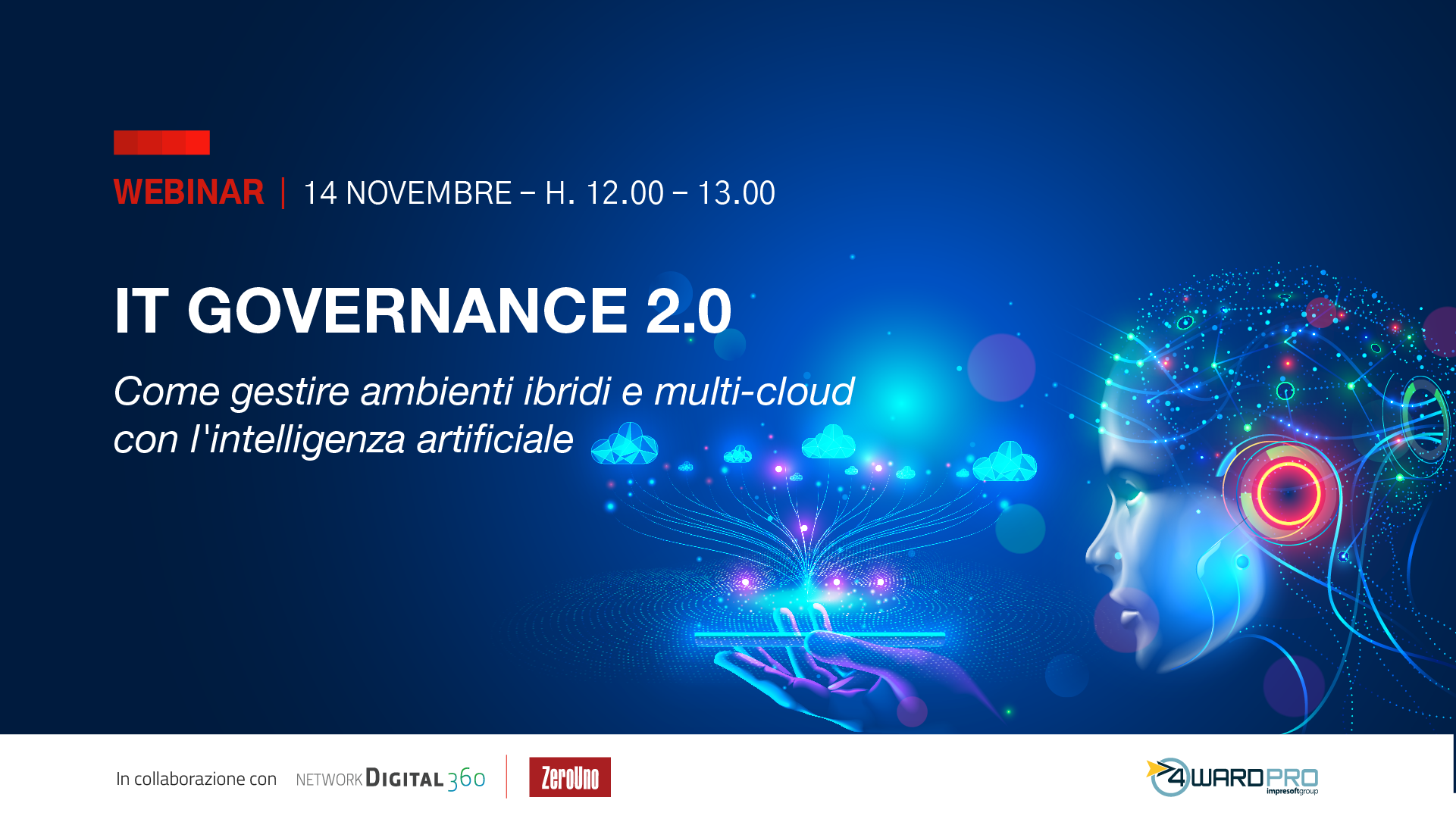Transport as a Service is the photograph of a cultural evolution of transport that is leading people and companies to no longer consider vehicles as a property but rather as a pure service. The car intended as a personal good gives way to new models of use, much more flexible and functional. Car sharing, in fact, was just an input of a new mentality more attentive and open to consumption but also favorable to accepting new uses based on concepts derived by ICT that have made the “on demand” and “pay per use” a mantra of new business.
Internet of Things and AI, driver of Transport as a Service
For a long time the automotive giants have invested in research and development grafted on the most virtuous innovation: in electric cars but also in technologies that exploit sensors and applications to make the vehicles increasingly connected. The most recent element of the Intelligent Transport System is represented by cars so smart to drive by themselves.
To support the car manufacturers (especially Ford, Audi, Mercedes and Toyota) even new providers who come from the digital sector like Google who are experimenting solutions making cars more autonomous, understanding their incredible potential in reducing the accident rate and traffic streamlining. According to a recent report by KPMG, Transport as a Service could become a model of mass transport that will be established in 10/15 years. The advantage of using sensorized vehicles equipped with Artificial Intelligence systems capable of calculating and recalculating real-time events to trigger proven and effective reactions, can reduce human errors that are the leading cause of road accidents (according to the latest Commission statistics in 2016, road accidents in Europe recorded 25,500 deaths and 135,000 serious injuries).
Black box is growing
Cameras, radar and sensors integrated in cars, in fact, are able to report tire wear and engine defects, signal the proximity to obstacles to avoid collisions, intervening where human error is more likely. Even today, black boxes that equip many vehicles bring insurance companies to reshape their offer, making it more cost-effective and attractive, helping to foster a new, more aware and virtuous culture in the transport sector. The satellite device that monitors and records all vehicle and driver behavior information for insurance purposes, has recorded an increase of 300% since 2012, becoming leader of automotive insurance policies: according to Ivass (Insurance Supervision Institute) data, in 2016 the growth trend of the black box strengthened up to be present in 19% of the contracts stipulated in the fourth quarter. New sensorized technologies, integrating with those connectivity-based (real-time communication between vehicle and vehicle, V2V, and between vehicle and infrastructure, V2I) will revolutionize road mobility bringing new levels of safety in our cities, more and more clogged by cars and with crash rates in continuous growth.
Insurtech in the forefront
Even for driverless cars analysts predict staggering figures: approx. 7 trillion dollars in the next ten years. The concept of Transport as a Service will lead to a new learning and development turning with respect to the insurance companies’ offering portfolio. If just an App will be sufficient to request a transfer from one place to another, traveling in dedicated lanes on cars that seem more like living rooms, the world of Insurtech will reconfigure to include new instances and new offering paradigms.
In the Transport as a Service dimension, the app can give real-time indications on how many minutes remain before arriving at their destination, offering a series of correlated services, such as, for example, restaurants or outlets to optimize the route with personal commitments.
But above all, the driverless cars, with their advanced control unit, will guarantee a safety and security driving session. Sure is that self-driving car technology is already available. Whether and when it will be implemented depends on governments, producers, software companies and all players working together in the new mobility ecosystem.
Self-driven mode will revolutionize the insurance industry
In fact, not all countries will move in the same way, but maneuvers have begun. In recent days, for example, L3Pilot, a four-year research project focused on autonomous driving on European roads, started in Wolfsburg. The budget for the initiative is 68 million euros, 36 represent the contribution of the European Commission. The project leader is the Volkswagen Group and a group of 13 European car groups: Audi, BMW, Fiat SCPA Research Center, Daimler, Ford, Honda, Jaguar Land Rover, Opel, PSA, Renault, Toyota and Volvo, in addition to suppliers, research institutes, universities and small and medium-sized enterprises. The goal is to start introducing 100 vehicles and 1,000 drivers enabled to use self-driven systems into the public transport system. Together with the technical development, the regulatory framework for manufacturers and drivers will also be analyzed, in particular with regard to product liability and the Highway Code..
Of course insurance industry will face with new possibilities. As analysts point out, in the absence of regulatory standards and adequate infrastructures (the dedicated lanes, in fact, must assume extremely advanced control systems) the role of the most forward-looking companies will be a fundamental part of development.


